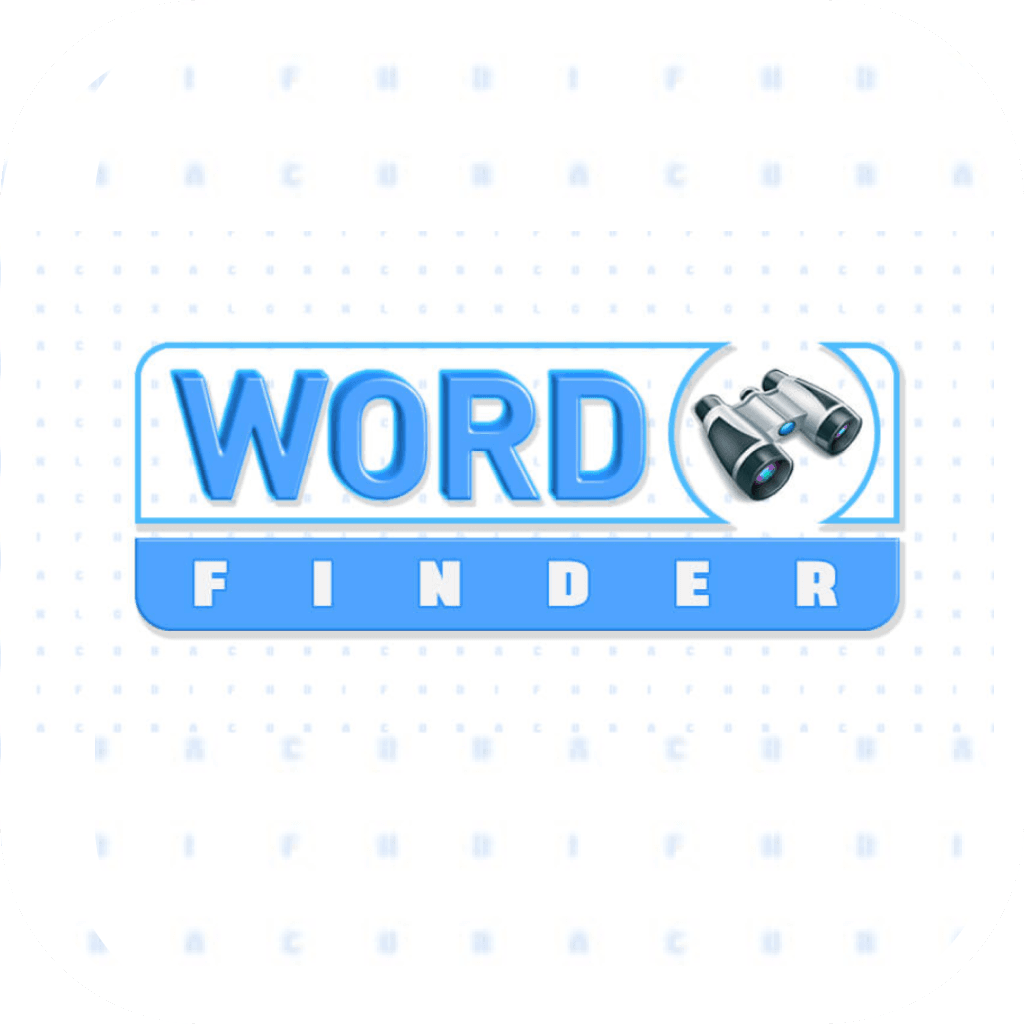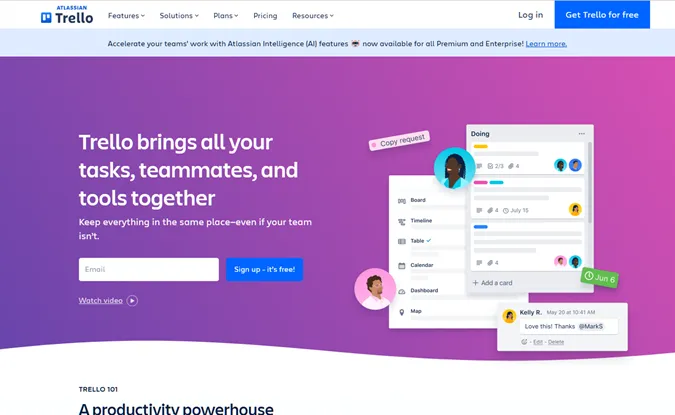

In today’s fast-paced digital world, staying organized and managing tasks efficiently has become more crucial than ever. Trello has emerged as a popular project management and productivity tool that promises to streamline workflows and boost productivity. Let’s learn more about this topic below with Word Search.
Upon first launching Trello, I was immediately struck by its clean, intuitive interface. The app employs a visual Kanban-style board system that makes task organization feel natural and effortless. The drag-and-drop functionality is smooth, and the color-coding options help create a visually appealing workspace that’s easy to navigate. Even for newcomers to project management tools, Trello’s learning curve is remarkably gentle.
The board-list-card hierarchy is straightforward yet powerful. Each board represents a project or area of focus, lists help organize tasks by status or category, and cards contain individual tasks or items. This simple structure belies the depth of functionality available, making it accessible to both casual users and power users alike.
Read more: Is ChatGPT Worth Downloading? Full Review and Use Cases
Trello’s strength lies in its versatility and extensive feature set. The ability to add detailed descriptions, checklists, due dates, and file attachments to cards makes it a comprehensive task management solution. The comment system facilitates team communication directly within task cards, eliminating the need for separate communication channels for project-related discussions.
One particularly impressive feature is the Power-Ups system, which allows users to integrate additional functionality like calendar views, time tracking, and custom fields. While the free version limits you to one Power-Up per board, the flexibility to choose which enhancement best suits your needs is valuable.
Where Trello truly shines is in its collaborative capabilities. The real-time synchronization ensures that all team members stay updated on project progress. Board sharing is straightforward, and the permission settings offer granular control over who can view and modify content. The ability to mention team members using ‘@’ notifications ensures important updates don’t get missed.
The activity log provides transparency by tracking all changes made to cards and boards, making it easy to maintain accountability and track project history. Team management features allow for creating organizations and managing member access across multiple boards efficiently.
The mobile app maintains most of the desktop version’s functionality while optimizing the interface for smaller screens. Offline access allows for continued productivity even without an internet connection, with changes syncing once connectivity is restored. The app’s performance is impressive, with minimal lag even when handling boards with numerous cards and attachments.
Cross-platform integration is seamless, with changes reflecting instantly across devices. The mobile app’s push notifications help users stay on top of deadlines and team communications, making it a valuable tool for managing tasks on the go.
Trello’s freemium model offers a generous free tier that includes unlimited personal boards, lists, and cards. The free version is sufficient for individual users and small teams, though larger organizations may find the limitations on Power-Ups and file attachment sizes restrictive.
The Business Class and Enterprise tiers unlock additional features like priority support, advanced automation, and enhanced security controls. While the pricing might seem steep compared to some competitors, the value proposition becomes clear when considering the productivity gains and reduced need for multiple tools.
Butler, Trello’s built-in automation tool, allows users to create custom rules and buttons that automate repetitive tasks. From automatically moving cards based on due dates to creating cards from email, the automation possibilities are extensive. This feature becomes particularly valuable for teams handling multiple projects with similar workflows.
The app’s integration capabilities are impressive, with native connections to popular services like Slack, Google Drive, and Dropbox. These integrations help create a seamless workflow between different tools, reducing the friction of switching between applications.
Trello’s flexibility in adapting to different workflows is remarkable. Whether managing personal tasks, coordinating team projects, or planning events, the platform can be customized to suit various needs. The ability to create templates saves time when setting up new boards for recurring projects.
The extensive selection of board backgrounds and label colors helps in creating visually distinct workspaces for different projects. Custom fields and card covers provide additional ways to organize and present information effectively.
Read more: Spotify vs. Apple Music: Which Music App Is Better?
Throughout extended use, Trello maintains consistent performance even with multiple boards and team members. The platform’s uptime is reliable, with rare instances of service interruptions. Data backup and security measures provide peace of mind for business users storing sensitive project information.
The search functionality is powerful, making it easy to locate specific cards across multiple boards. The ability to filter cards by various criteria helps in managing large projects effectively.
While Trello excels in many areas, there are some limitations to consider. The lack of native time tracking and Gantt chart views in the free version may be restrictive for project managers. The board view, while excellent for Kanban-style management, might not suit all project management approaches.
Advanced reporting features are somewhat limited compared to dedicated project management tools. Users requiring detailed project analytics might need to supplement Trello with additional software.
Trello proves to be an excellent productivity tool that lives up to its promise of streamlining task management and team collaboration. Its intuitive interface, robust feature set, and flexibility make it suitable for a wide range of uses, from personal task management to team project coordination.
For individuals and small teams looking for an efficient way to organize tasks and projects, the free version offers exceptional value. Larger organizations should consider the paid tiers to unlock the full potential of automation and integration features. While not perfect for every use case, Trello’s strengths in visual organization and collaboration make it a strong contender in the productivity tool space.
Whether you’re a freelancer managing multiple clients, a team leader coordinating projects, or simply looking to organize your personal tasks better, Trello offers a compelling solution that can significantly boost your productivity. The key to success with Trello lies in taking advantage of its customization options to create a workflow that matches your specific needs.